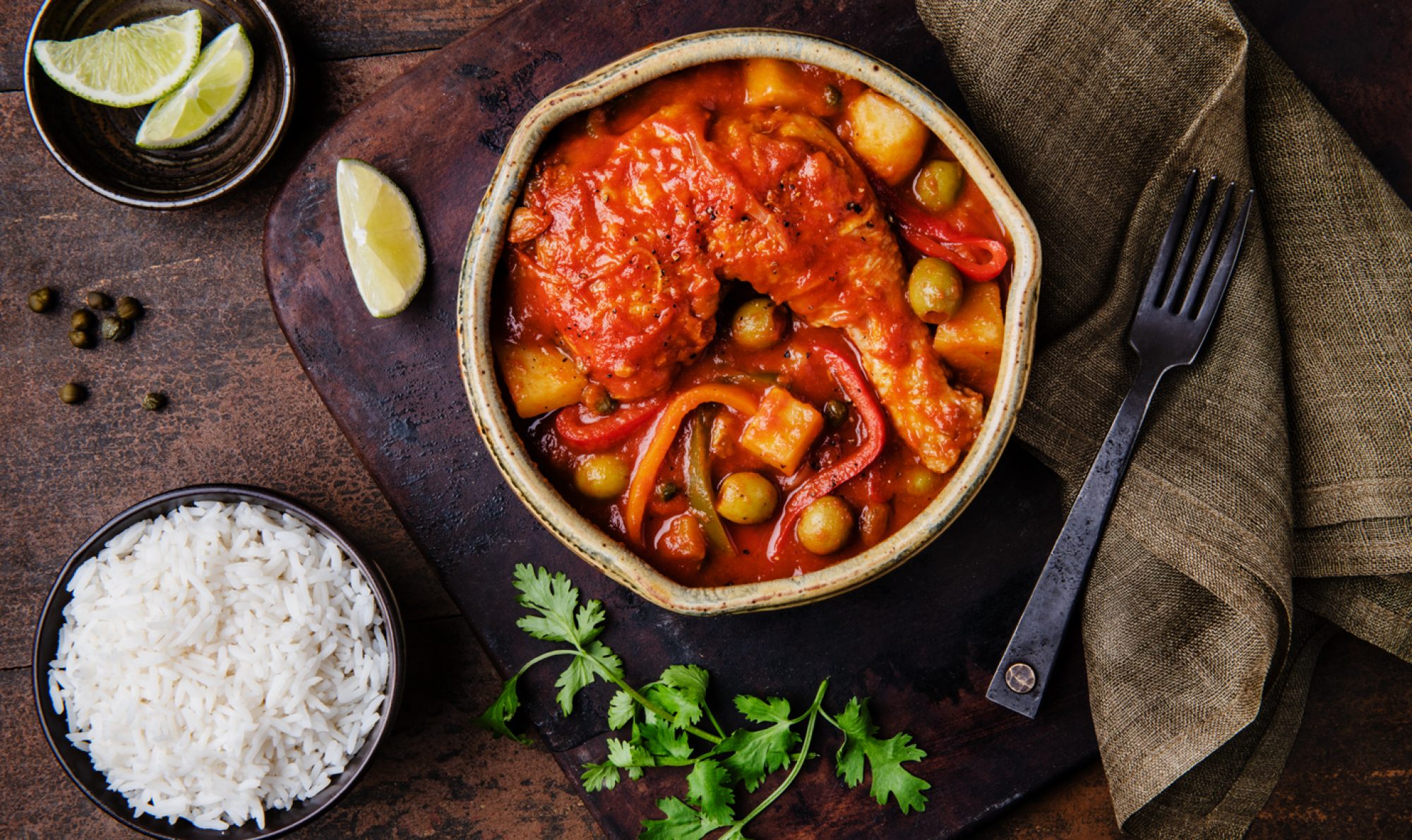I had the opportunity to attend a special preview tasting of Olive Garden‘s new ‘Tastes of the Mediterranean’ menu this week at a lovely event held at Haven’s Kitchen in NYC with a group of other food bloggers, writers and journalists.

We sampled a (generous!) variety of delicious food and wine, and learned more about the new menu ideas and inspiration from the Olive Garden team and Executive Chef, Jim Nuetzi.
Inspired by the flavors of Italy’s Mediterranean Coast, Olive Garden is evolving its popular Lighter Italian Fare menu to the new ‘Tastes of the Mediterranean’ menu, which celebrates the flavors and cooking styles from the popular Mediterranean region of Italy with all entrees under 600 calories.
Beginning Jan. 2, two new entrees – Chicken Margherita and
Linguine di Mare – will be available in restaurants. Following, the fully evolved ‘Tastes of the Mediterranean’ rebranded menu section, which includes guest favorites as well as the new entrees, will be introduced on Jan. 23.
“Healthier dishes at restaurants can often be perceived as boring or unsatisfying. However, our Mediterranean-inspired Shrimp Scampi with its flavorful ingredients was our second most popular entrée on the entire menu last summer,” said Jim Nuetzi, Executive Chef for Olive Garden. “The positive reaction from our guests further showed that we could create indulgent and craveable entrees that just happen to have the added benefit of lower calorie counts.”
The guest-favorite Shrimp Scampi, which was introduced to the Olive Garden menu last year, has exceeded any other Olive Garden lighter fare entrée in popularity. Many guests were surprised that the flavorful and satisfying dish was only 500 calories.
The guest reaction to the Shrimp Scampi inspired chefs to explore additional ingredients that would excite guests in the same way, leading them to the cuisine of Italy’s Mediterranean coast. The region is long known for healthier lifestyles and cooking with light, flavorful ingredients such as seafood, olive oil, fresh vegetables, whole grains and Italian spices.
The ‘Tastes of the Mediterranean’ menu features:
- NEW! Chicken Margherita: Grilled chicken breasts topped with fresh tomatoes, mozzarella, basil pesto and a lemon garlic sauce. Served with parmesan crusted zucchini.
- Shrimp Scampi: Shrimp sautéed in a garlic sauce, tossed with asparagus, tomatoes and angel hair pasta.
- NEW! Linguine di Mare: Shrimp and mussels sautéed with homemade pomodoro sauce and whole grain linguine.
- Herb-Grilled Salmon: Filet grilled to perfection and topped with garlic-herb butter. Served with parmesan-garlic broccoli.
- Chicken Piccata: Grilled chicken topped with a lemon garlic butter sauce, sun-dried tomatoes and capers. Served with parmesan crusted zucchini.
- Tilapia Piccata: Delicate white fish baked in a lemon garlic butter sauce with sun-dried tomatoes and capers. Served with parmesan crusted zucchini.
Entrees on the rebranded menu start at $14.29.
And last but not least, we enjoyed a gorgeous dessert, Warm Chocolate Baci Cake with coffee..simply divine.
..and got some take home goodie bags with a bottle of wine and some wine glasses!
———–
ABOUT OLIVE GARDEN
Olive Garden is the leading restaurant in the Italian dining segment with more than 800 restaurants, more than 96,000 employees and more than $3.8 billion in annual sales. Olive Garden is a division of Darden Restaurants, Inc., (NYSE: DRI), which owns and operates more than 1,500 restaurants that generate over $6.8 billion in annual sales. Headquartered in Orlando, Fla., and employing more than 150,000 people, Darden is recognized for a culture that rewards caring for and responding to people. Olive Garden is committed to making a difference in the lives of others in the local community. As part of this commitment, Olive Garden restaurants have donated more than 35 million pounds of food to local community food banks across the country.
Guests can join the conversation and connect with Olive Garden at Facebook.com/OliveGarden, Twitter.com/OliveGarden and Instagram.com/OliveGarden. For more information and to find your nearest Olive Garden restaurant, visit OliveGarden.com.













































